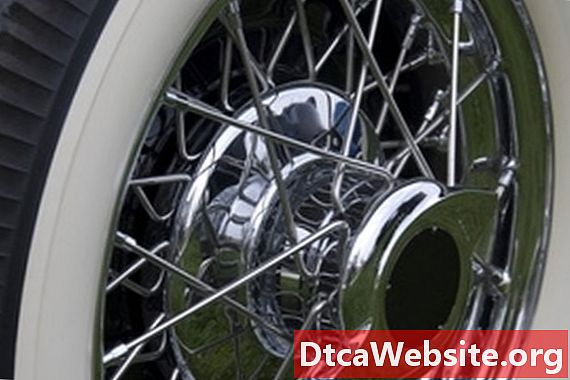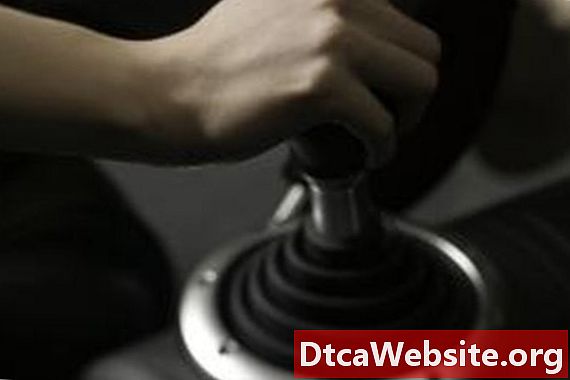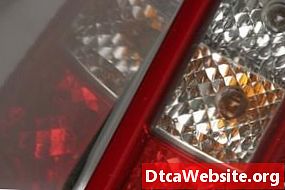
Contenu

The proper alignment of your cars wheels helps make your tires last longer and also helps improve vehicle safety. When your wheels are aligned the way they should be, the left and right wheels are perfectly parallel to each other and they pull the car the same direction rather than at different angle. Your car will be easier to handle and your tires will wear evenly.
Camber
Camber is the automotive term for the angle of the wheel in relation to the ground. If you walk to the front of your car and look at the wheels while they are pointed forward, you can see the camber. If the wheel tilts out from the center of the car, the camber is at a positive angle. If it tilts in toward the center of the car, its at a negative angle. When the front wheels have two different camber measurements, thats when you feel the car pull to the left or the right. The proper camber in Mercury vehicle varies from model to model. The Mercury Villager, for example, has little margin of error for the camber. The ideal camber for that make is -0.3. To be within specifications, it must fall within 0.75 degrees of that in either direction. The Mercury Cougar is a little more forgiving, with an ideal camber of -0.61 and a 1.5 degree margin of error.
Toe-In
The toe-in compares the distance between the front of the front tires and the back of the front tires. You can also measure the toe-in for the rear tires. If the front distance is shorter than the back distance, the tires point in toward the center of the car. If its longer, the tires point slightly outward. In Mercurys, the toe-in is close to zero with a slim margin of error. Actual toe-in measures vary from vehicle to vehicle but typically fall within -0.17 and 0.15 inches. The margin of error for toe-in in Mercury vehicles is usually from 0.09 to 0.17 inches.
Caster
To make turning possible, the front wheels have a pivot point called the caster. From the side, when the wheels are pointed forward, if the caster is perpendicular to the ground, its at zero degrees. When it leans toward the rear of the car, it has a positive angle, and when it leans toward the front of the car, it has a negative angle. In Mercury vehicles, the proper alignment of the caster ranges from 0.8 degrees to 5.5 degrees. To be within specifications, most casters have a margin of error in either direction of about 1 degree. On some models, the margin of error is less.


